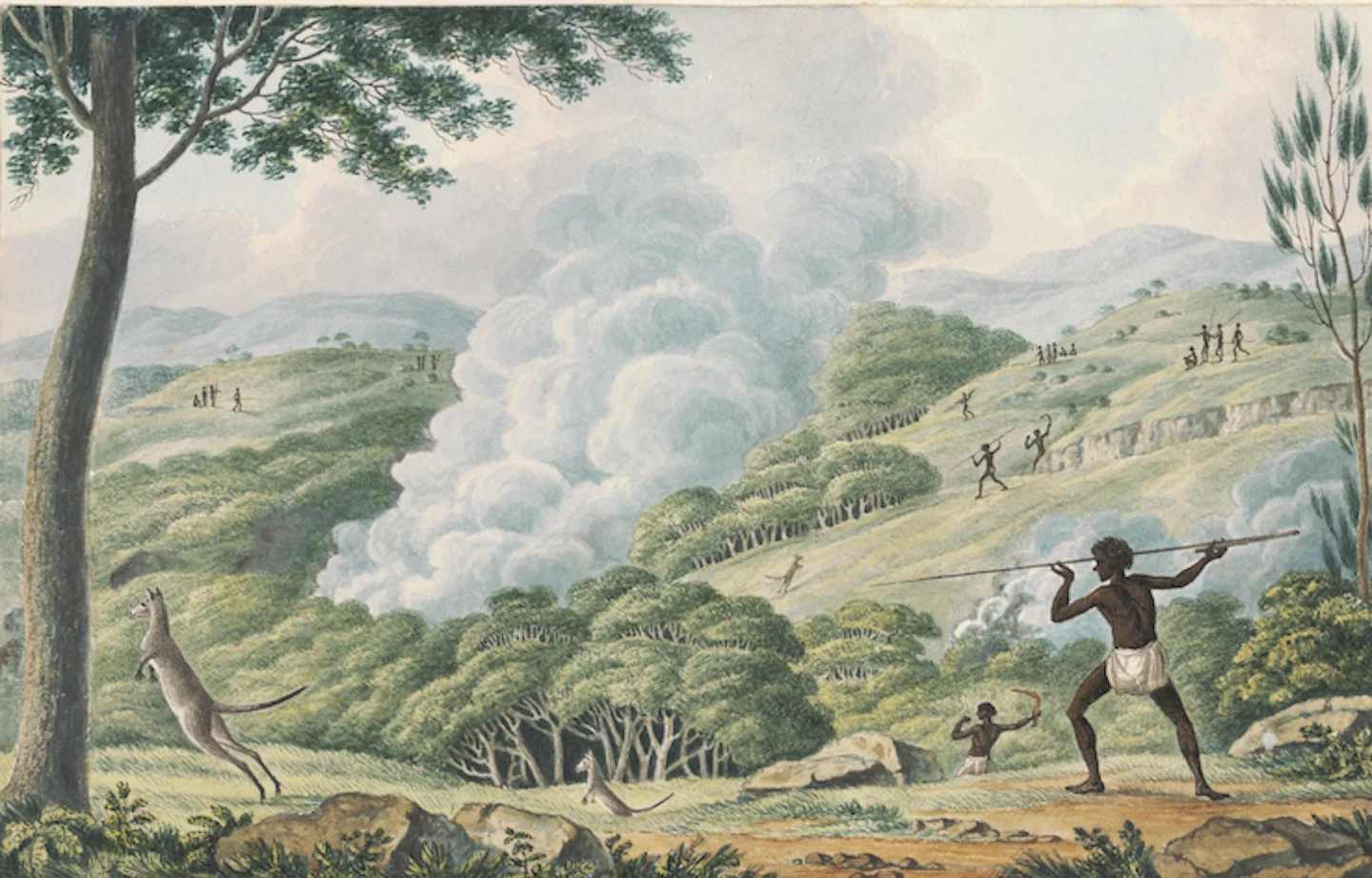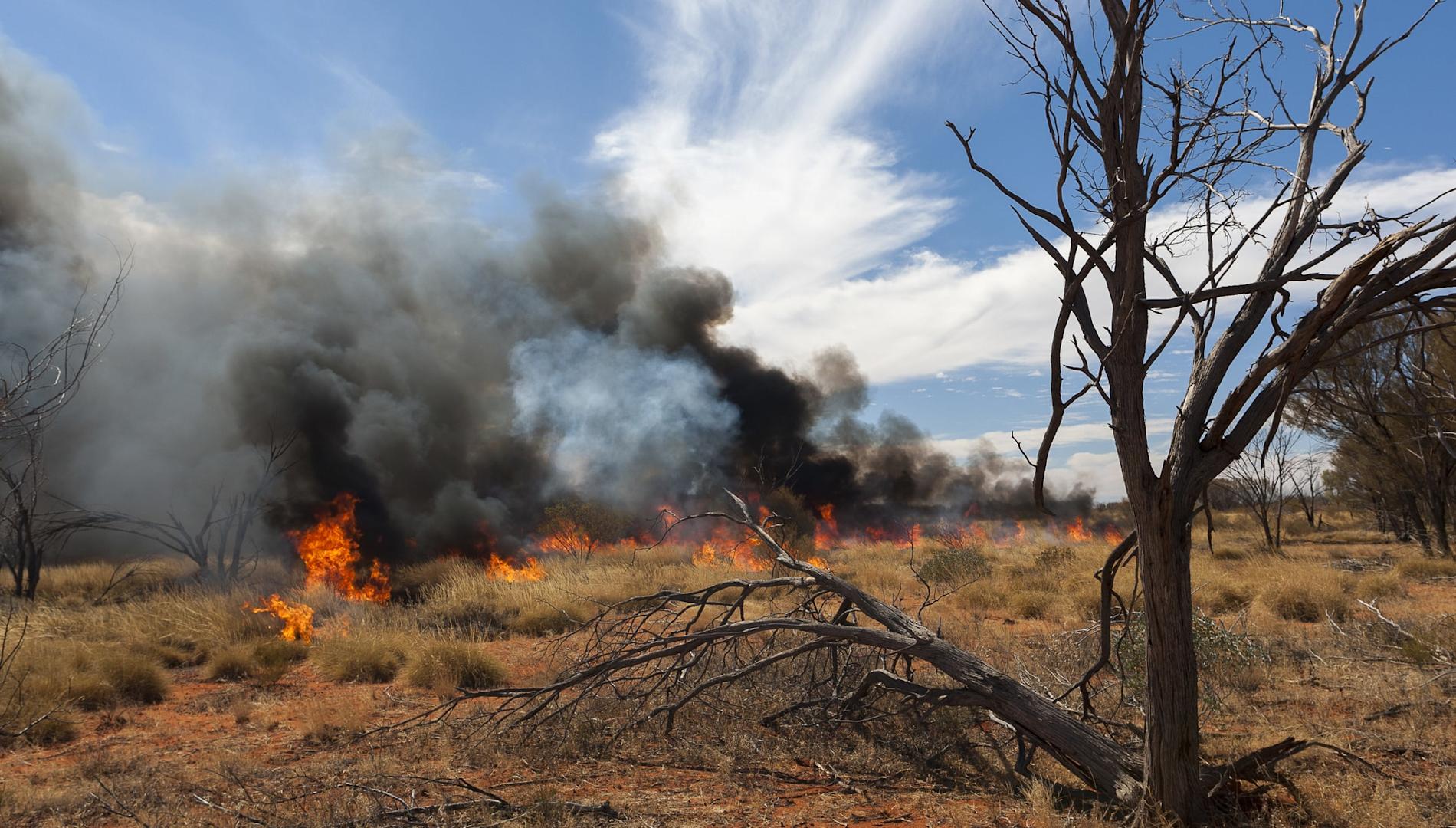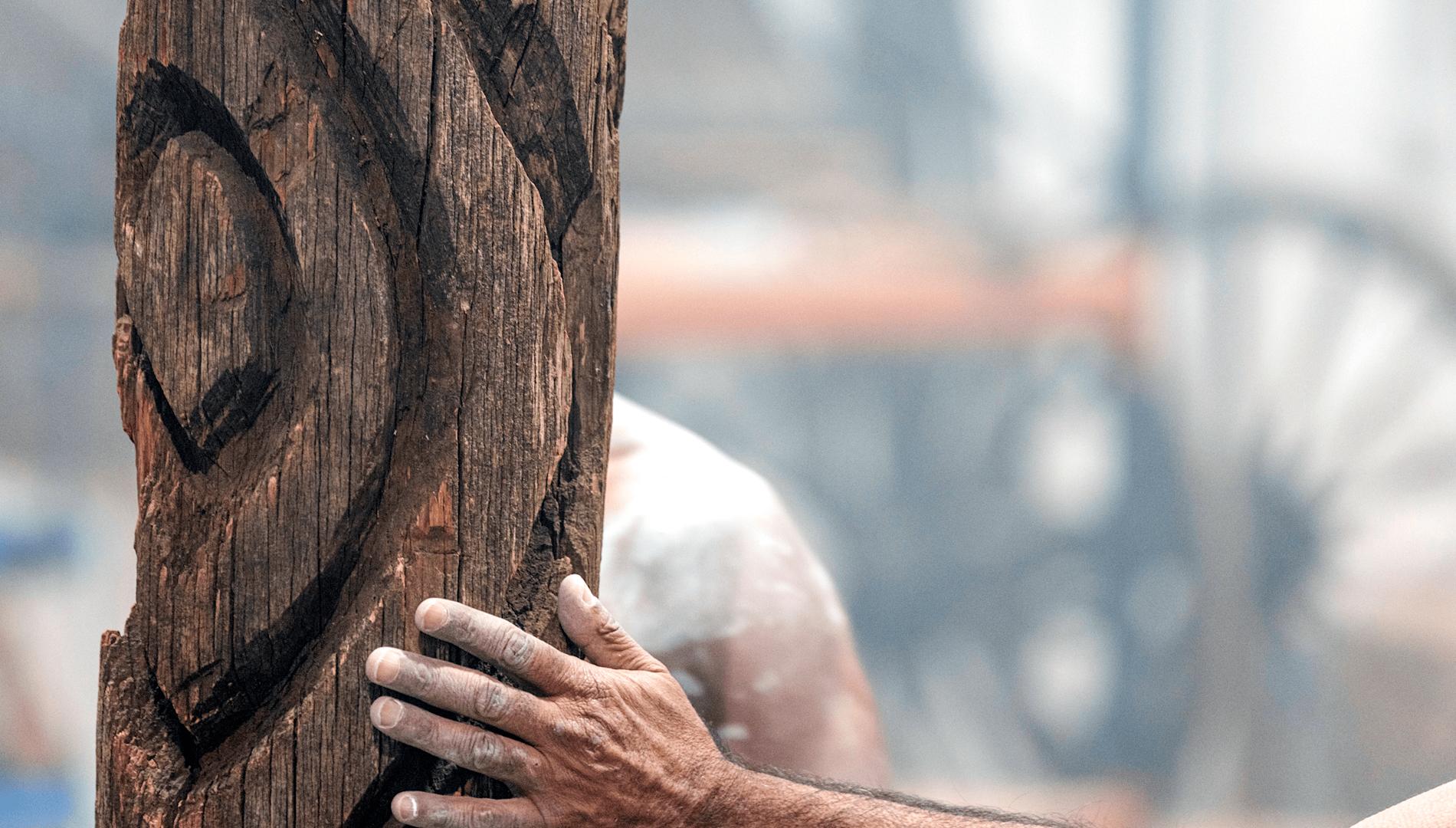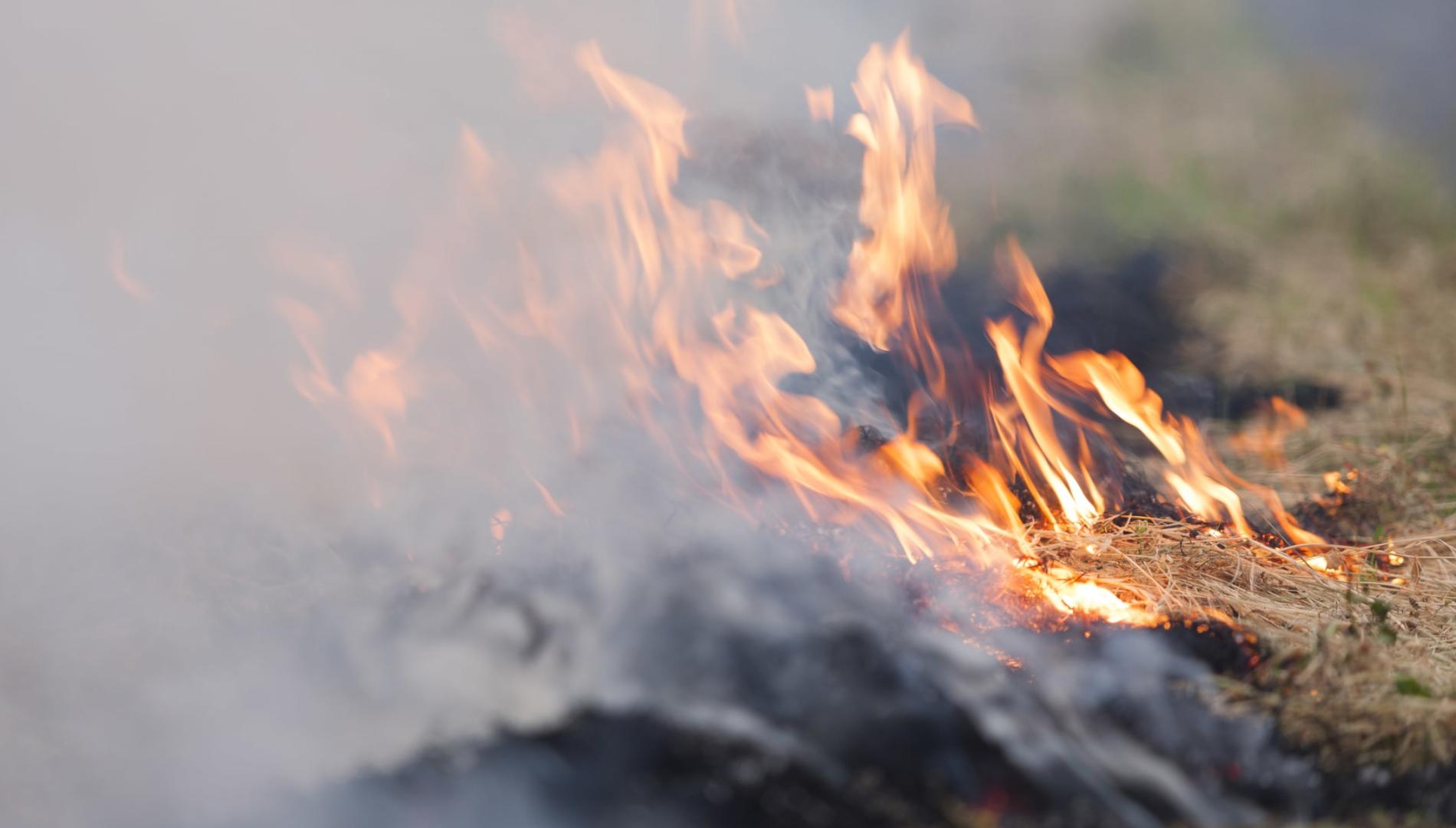Why Aboriginal knowledge matters in Australia’s climate change disaster responses
Australia has always been a place of hazards, prone to floods, fire, droughts and cyclones. The catastrophic flooding throughout NSW demonstrates, with terrifying clarity, the challenges Australia faces as climate change takes hold.
Within the context of new disasters, Aboriginal and Torres Strait Islander communities face unique and disproportionate impacts. Think of the recent floods in northern Queensland and NSW, and the bushfires in the Grampians – these are all areas that are home to big Aboriginal communities who are, generally speaking, a larger proportion of the population in regional and remote areas than cities. It’s also true of the flooding situation in NSW.
Last year, in Queensland and South Australia, Aboriginal leaders, traditional owner groups, senior emergency management officials, agency staff, and non-government organisations gathered for a roundtable discussion on Aboriginal disaster resilience.
Central in these discussions was how Aboriginal leadership, and the knowledge possessed by traditional owners, might be incorporated into emergency and resilience practice.
This Friday, 30 May, it’s Victoria’s turn to host the roundtable. In many ways, Victoria should be leading the nation in incorporating Indigenous knowledge into resilience practice.
Unlike other places where Treaty negotiations have stalled, been abandoned, or are yet to commence, Victoria is well-progressed on the path to Treaty.
The Yoorrook Justice Commission will shortly hand down its findings on a multi-year truth-telling inquiry. Successive Victorian governments have also demonstrated a political willingness to think outside of the overly prescriptive and burdensome processes of native title.
There now exists multiple paths for traditional owners to be formally recognised, providing them a right to negotiate and share the benefit of development in their Country.
Victoria is one of Australia’s most disaster-prone states. Successive environmental disasters have unfolded throughout Victoria in recent years. The frequency and severity of these often outstrip the resources available to respond, and land and water managers continue to seek solutions to increasingly complex environmental challenges.
Despite the state having a Culture and Healing Unit within Emergency Recovery Victoria (the main body responsible for preparedness and recovery), specifically created to assist Aboriginal communities recover from bushfires, there’s still very little evidence that local Aboriginal communities are being consulted about how to prepare for, or respond to, a bushfire or flooding as they unfold.
The roundtable presents a rare opportunity to identify how Aboriginal communities are already making Country safe through land and water management, including cultural burning, as well as standing up to support their communities as disasters unfold.
The aim is to harness thousands of years of caring for Country knowledge and practice to make Victoria safer, while fitting within the existing social and political atmosphere of Victoria, which is already demonstrating a willingness to address historical injustice.
There are two key reasons why traditional owners are not already incorporated into management of major emergencies:
- The law doesn’t require it.
- A perception that doing so will slow decision-making.
Yet, research we have undertaken has demonstrated that, when included, traditional owners enhance disaster responses, having real-time, intimate knowledge of the country – which water holes are accessible and how much water is in them; which areas in a forest will trap a CFA truck in a swamp; or finding a better route to bulldoze a fire trail.
Despite the emergency laws not requiring traditional owners’ input, it has been done in recent times to good effect.
In 2019, Gunditjmara elder Uncle Denis Rose provided comprehensive evidence to the bushfires royal commission detailing how decisions were made in response to a fire in Budj Bim Cultural Landscape. Thus, it’s clear that not including traditional owners in incident management teams is a choice made by those present.
There will be no let-up in the number and ferocity of fires, floods or storms. Changing climate requires a change in practice in how emergencies are managed. Excluding Aboriginal people in the management of land, water, and disasters has contributed to creating an unsafe environment.
Whether it’s fighting a fire in Gippsland or releasing water into wetlands between Echuca and Mildura following torrential rains in the Goulburn-Broken Catchment, Aboriginal people must be acknowledged, listened to and supported. Some of this is happening, but it is sporadic and ad-hoc. It’s time to organise Aboriginal leadership and knowledge as an indispensable asset in emergency management.
The Victorian policy roundtable, Aboriginal Disaster Resilience, is being held this Friday, 30 May, at the Community Hub, The Dock, 912 Collins Street. Contact: NIDR@Monash.edu







